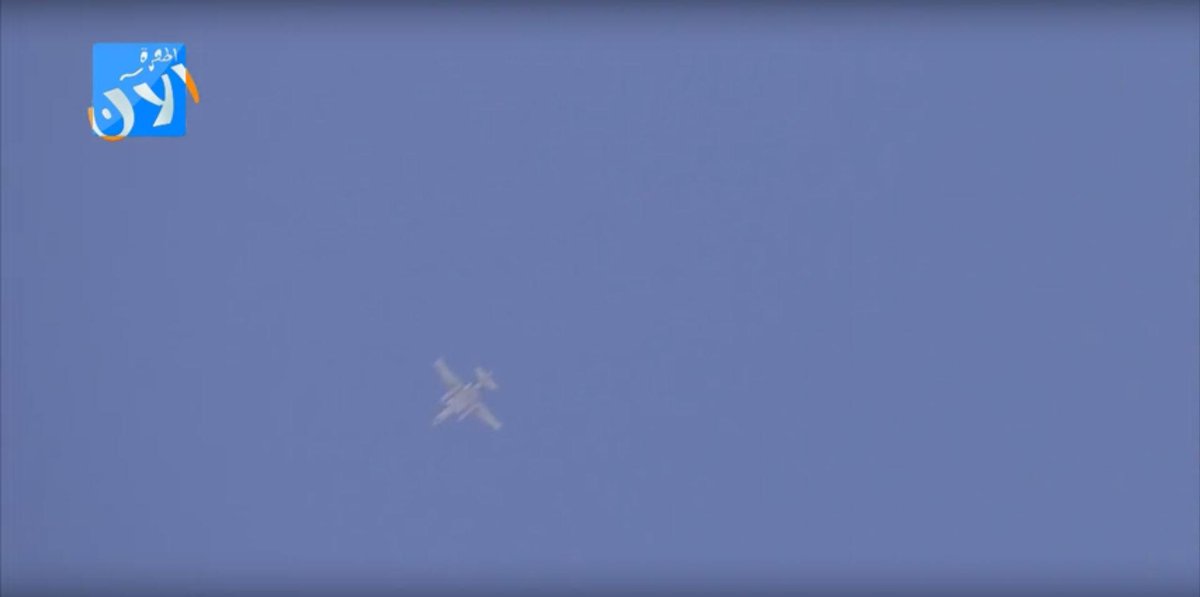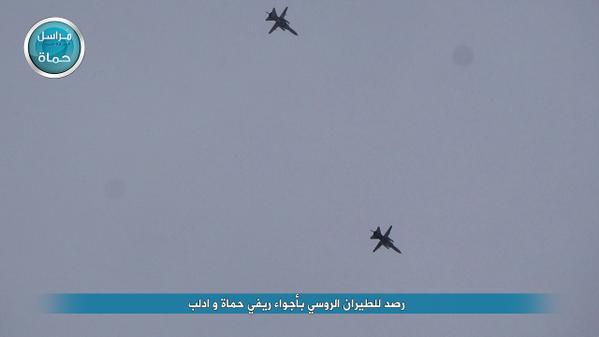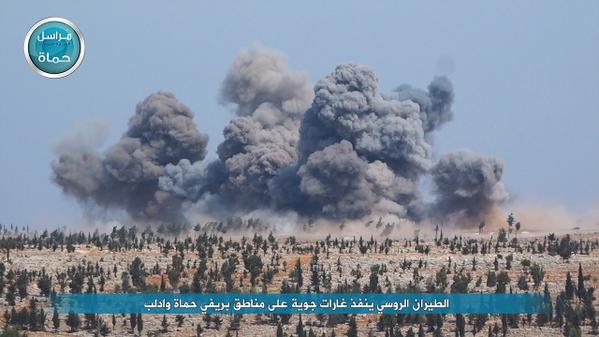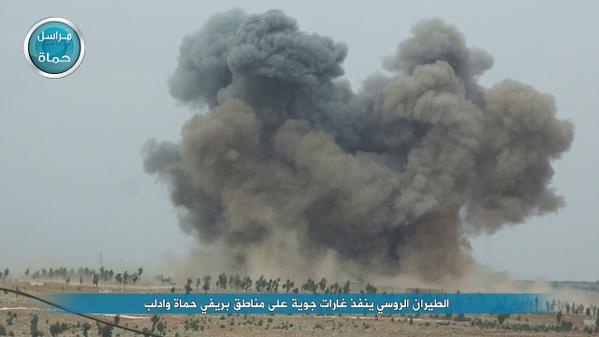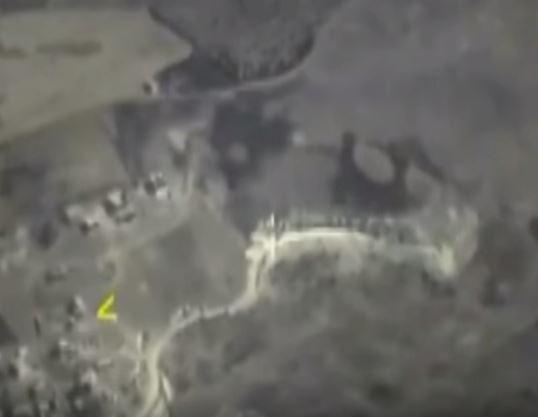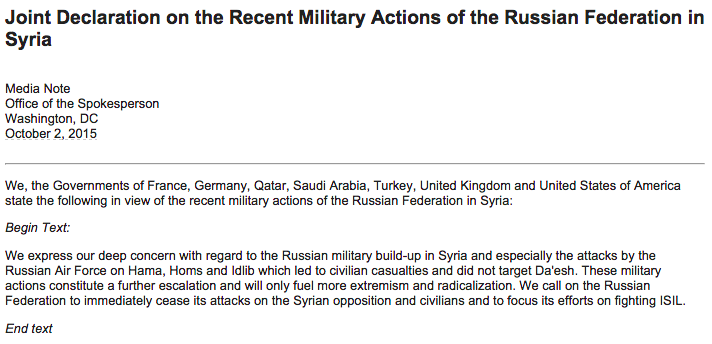 Solncepek Sat Oct 03, 2015 3:04 pm
Solncepek Sat Oct 03, 2015 3:04 pm
Russia's Air War in Syria: A Chance to Spy on America's F-22 Fighter?
Russia may be using its air campaign in Syria as an opportunity to gather intelligence on U.S. forces and gain operational experience on their latest hardware. Gathering information on the U.S. Air Force’s stealthy fifth-generation F-22 Raptor air superiority fighter is of particular interest to the Russian military.
Nonetheless, the Russian expeditionary force largely follows traditional Soviet doctrine and consists of a mix of combat aircraft, air defenses and a heavily armed ground security element. “While it appears the Russians are following their standard doctrine with regard to the deployment/employment of their ground and air assets, it’s certainly not out of the question to use their newer air-to-air assets as a form of ‘operational testing’ in the real world environment,” one senior U.S. Air Force intelligence official told me. “In a sense, we're doing the same thing with our F-22s.”
Though gaining operational experience on the Sukhoi Su-30SM and Su-34 is likely an important aspect of the Russian deployment, the Russians might have another objective in deploying their latest jets to the theatre. “It may be a way for them to ‘characterize’ the F-22’s radar emissions on their radar warning receivers (RWR) in a real-world environment,” the senior Air Force intelligence official said. “Not traditional intelligence collection per se, but could be a way to see how their RWRs receive and display an F-22's radar emissions.”
Another senior U.S. Air Force aviator offered a more succinct assessment. “They probably aren't planning on getting into any air-to-air engagements with ISIS,” the pilot said. “$100 says their air players are there to soak up trons from our fifth-gen stuff.”
But not everyone shares that opinion. “I am skeptical that the Su-30s are there purely to collect ‘intel.’ Presume that the Russians have other traditional ISR [intelligence, surveillance and reconnaissance] collectors to do that,” the senior intelligence official said. Russian forces generally use specialized aircraft like the Ilyushin Il-20M Coot-A to collect electronic intelligence—and it would make sense to assume the Russian air force has deployed such assets to the region.
Conversely, the presence of the latest Flanker variants in Syria might be to ward of Western intelligence assets that might attempt to close in to gather data on the Russian deployment. “The Flankers are not present for defensive counter-air purposes, but instead, their presence is probably meant to harass and push back air breathing intelligence collection craft that might venture too close to their base of operations,” a third Air Force official said.
Other U.S. Navy and Air Force aviators agreed. “The four jets may be postured to sit on an alert/scramble notice. It would be very challenging for them to fly sustained combat ops with only four fighters,” one F-22 Raptor pilot said. “I would submit they'd be able to fly a two-ship once a day to provide escort/over watch of the primary air-to-ground players and not much more.”
But another U.S. Air Force official cautioned not to underestimate the Russians. “Remember they have more interoperability between their planes and they were designed to be easy to work on.” The Russians might be able to generate more sorties than many expect—which would be many more than a comparable force of four Raptors. “The Raptor requires extensive logistical support to keep it flying… Just think of the Low Observable (LO) work that needs to be done between sorties,” he said. “If you just want to fly at a marginally capable rate, you need engines and flight controls, not fifth-gen avionics and LO coatings.”
Overall, the consensus amongst U.S. Air Force and Navy officials I spoke to is that the Russian expeditionary force is too small to be genuinely effective. But if Russia is serious about its Syrian air campaign, the Russian presence will likely grow significantly. “While the amount of aerial firepower is significant, I'd still watch for more in order to run sustained around-the-clock sortie generation,” a U.S. Air Force official said. “If the Russians are as serious about this as they say they are, more aircraft should show up as base infrastructure is improved.”
Dave Majumdar is the defense editor for The National Interest.






